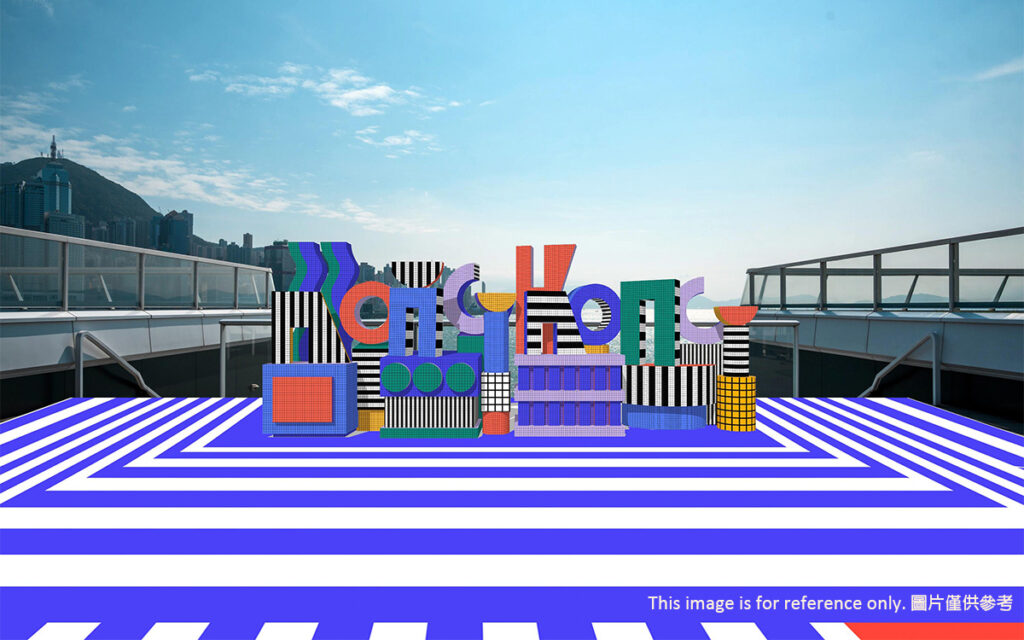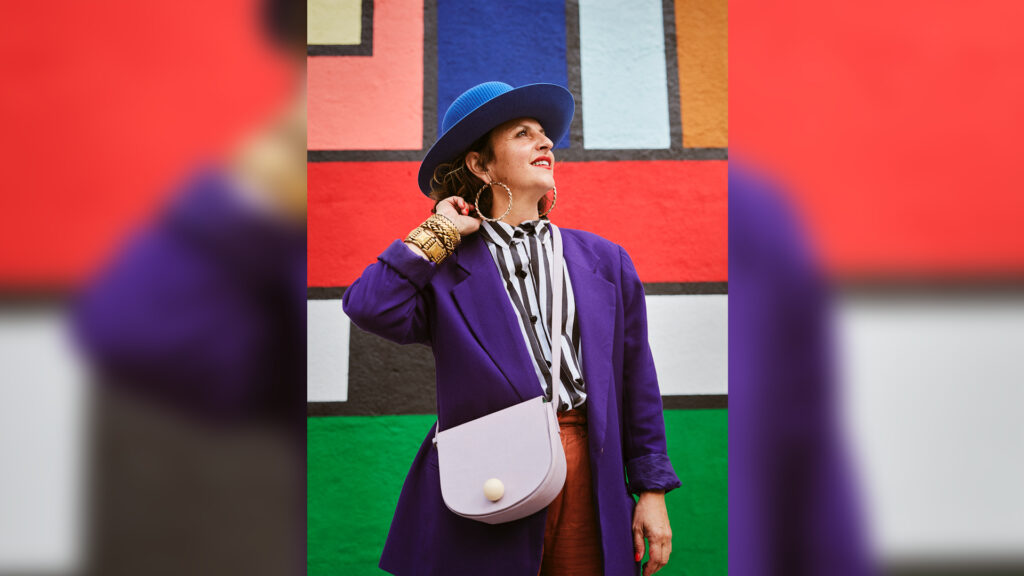For Hong Kong Arts Month, Harbour City has invited the renowned French artist Camille Walala for Planet Walala @Harbour City, a public art show to be held from 21 March to 21 April. The three highlights include two large public installations and a solo art exhibition, all interacting with the public in different ways.
The first-ever Hong Kong City sign, “Now You See It Now You Don’t,” as a brand-new permanent artistic landmark, together with the outdoor artistic maze “A-MAZE,” will be displayed at Ocean Terminal Deck alongside the iconic Victoria Harbour.

Meanwhile, Walala will host her first solo art exhibition, Metropolis, at Gallery by the Harbour to showcase the charisma of colors. In addition, Harbour City will organize a series of extensive art activations targeting a wide range of audiences throughout the campaign.
Walala, a multi-disciplinary artist based in London, is well-known for her artworks encompassing full-facade murals, immersive 3D installations, street art, interior and set design — all characterized by a fusion of bold colors and playful geometric patterns. Being in awe of the architecture in Hong Kong, Camille incorporated geometrics found in the cityscape into the city sign and the maze, bringing connectivity between people and the locality. More than just a photogenic spot, the installations inspire happiness and spark positivity with the design of joyful colors.
First-ever Hong Kong City sign as artistic landmark
Numerous famous tourist destinations around the globe have their own city signs as an iconic landmark, such as “I Seoul U” in South Korea, “Toronto” in Canada, and “Hollywood” in the United States, all serving as popular photo spots for visitors and a highlight of their journey.
This year, Harbour City invited Walala to design the first-ever Hong Kong City sign, titled “Now You See It Now You Don’t,” which stands at a height of three meters and stretches a width of 6.5 meters. From the perspective of a foreign tourist, in the eyes of both an artist and a designer, Walala has outlined the unique silhouette of the city. With the blue of the Harbour as its primary tone, the city sign echoes with the cityscape in various ways, including the overlapping sculptural letters resembling the dense skyline and the tile-like texture in parallel with the mosaic tiles found in old buildings.
Drawing influence from optical artworks by George Rousse, Walala adopted an anamorphic approach to the design of the art piece. Though each sculpture stands alone as a beautiful object, people can only read the letters of “Hong Kong” from a certain point of view, giving the city sign its name, “Now You See It Now You Don’t.”
